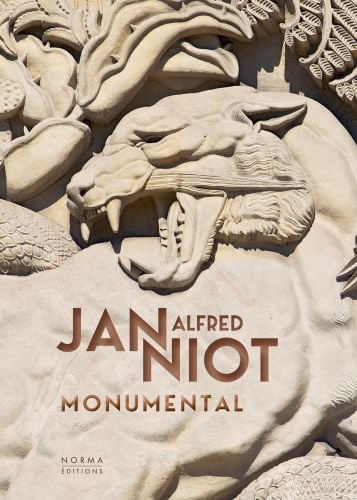
Alfred Janniot. Monumental.
- Alfred Auguste Janniot (1889-1969), a renowned French sculptor of the inter-war period, left his mark on his contemporaries through his monumental work
- His work embraced and magnified architecture, both in France and other countries
Alfred Auguste Janniot (1889-1969), a renowned French sculptor of the inter-war period, left his mark on his contemporaries through his monumental work, which embraced and magnified architecture, both in France and other countries. His two main works, the spectacular bas-reliefs for the Musée permanent des colonies (1931) and the Palais de Tokyo (1937), still resonate in people’s minds today. He also took part in the great adventure of the transatlantic liners, working on Île-de-France (1926) and Normandie (1935).
Winner of the Grand Prix de Rome in 1919, Janniot worked alongside some of the greatest architects, collaborating with Roger Séassal, Michel Roux-Spitz, Albert Laprade, Jacques d’Welles, Wallace Harrison, Jean Niermans and Pierre Patout. Whether round-bosses or monumental “stone tapestries”, his many works reveal the artist’s classical training acquired at the École des Beaux-Arts in Paris, as well as an abundant creativity that can be seen at the town hall in Puteaux (1932-1934), the Chamber of Commerce in Châteauroux (1934), the Maison Française at Rockefeller Center in New York (1934), the Bourse du Travail in Bordeaux (1935-1938) and the Villa Greystones in Dinard (1938-1950).
Text in French.
- Publisher
- Editions Norma
- ISBN
- 9782376660576
- Published
- 5th Oct 2023
- Binding
- Hardback
- Territory
- World excluding Southern, Central and Northern Europe
- Size
- 305 mm x 230 mm
- Pages
- 176 Pages
- Illustrations
- 200 color
Distributed by ACC Art Books
Our Catalogues
Please log-in or create an account to see your recent items.